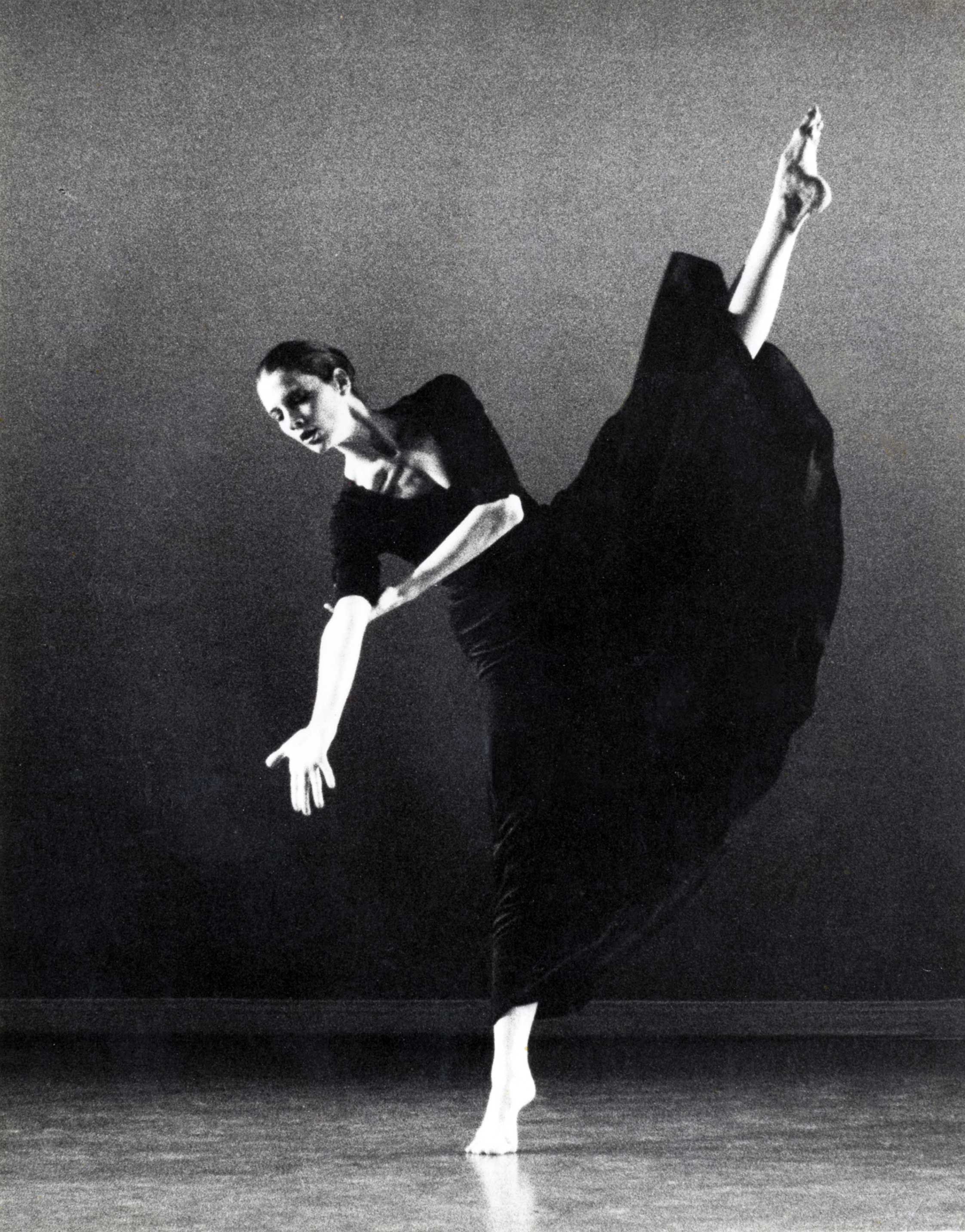Two blogs ago, I wrote about creating the 8-minute piece Kaddish. It soon became a regular in our repertory, performed in concerts, Holocaust memorial programs, and on the bema before the Kaddish prayer. Over the next fifteen years we were often invited to participate in Holocaust memorial programs, particularly in November around the time of Kristallnacht (“Night of Broken Glass”; see June 14, 2019 blog for explanation) and in late April or early May for Yom HaShoah (Holocaust memorial day, based on the Jewish calendar). It wasn’t until 1996 that I choreographed the next piece that became a part of our Holocaust repertory.
As long as I can remember, it was important to me that pieces related to the Holocaust be part of the Avodah Dance Ensemble’s repertory. At the age of 12 or 13 I saw the original production of The Diary of Anne Frank on Broadway with Susan Strasberg as Anne Frank and Joseph Schildkraut as Otto Frank. It was during my first trip to New York City with my parents, when we saw several Broadway shows, The Diary of Anne Frank being the only drama. I remember the evening well. We had seats in the first row and I was mesmerized by the play and the performances. I experienced the power of how theater can teach and emotionally engage one in learning. After that I regularly read and learned more about the Holocaust and as I developed as a choreographer it was a natural next step to create pieces like I Never Saw Another Butterfly and Kaddish.
The idea for the new piece, Shema, inspired by Primo Levi’s writing, came from Rabbi Oren Postrel. I hunch that Rabbi Larry Raphael (of blessed memory) probably introduced us, knowing that Oren had a very strong background as a dancer who had seriously studied ballet and performed in the Oakland Ballet. Oren shared Primo Levi’s writing with me and soon we were developing a piece based on it. Primo Levi (1919–1987) was an Italian Jewish chemist, writer and Holocaust survivor. Much of what we used in our piece Shemacame from his best-known work, If This Is A Man, about his time as a prisoner at Auschwitz.

The choreography was not only inspired by Primo Levi’s poetry but also by the Broadway play Bent, written by Martin Sherman. The play, which I saw in 1980, revolves around the persecution of gays in Nazi Germany. I found the second act particularly powerful with its stillness and senseless repetition as the two main characters move a pile of stones from one side of the stage to the other. When it came time to choreograph Shema I wanted to use some kind of repetition to hold the piece together. So throughout the whole piece the four dancers walk in a straight line back and forth across the stage in the back part of the performing area. Each dancer steps out of the line to share their poem in words and movement and when done goes back into the line. Jack Anderson in a review in The New York Times, May 31, 1997, describes it well:
Shema effectively contrasted relentless pacing, representing concentration camp regimentation with sudden outburst, symbolizing the prisoners’ turbulent personal feelings.

Hebrew Union College – Jewish Institute of Religion
Dancers from l. to r. Kezia Gleckman Hayman, Elizabeth McPherson, Beth Millstein, and Carla Armstrong
Here’s the link to the video
As in the earlier Holocaust piece I Never Saw Another Butterfly, the dance is done in silence and to the voices of the dancers.
As I was writing this blog I came across an editorial in The New York Times published on May 26th (2019). It was written by the Editorial Board, which “represents the opinions of the board, its editor and the publisher. It is separate from the newsroom and the Op-Ed section.” The editorial clearly states that anti- Semitism is sharply on the rise and gives statistics for the increase in Germany and France in particular and also points out that it is not only coming from the far right, but also from the Islamists and far left. The authors mention the increase here in the United States, and end by saying:
Speak up, now, when you glimpse evidence of Anti Semitism, particularly within your own ranks, or risk enabling the spread of this deadly virus.
It is with a deep sadness and concern I read this and realize the truth in what they are saying. I fear we are on the edge of a cliff right now and I echo that we all have a responsibility to speak up and not allow discrimination in any form.
[print_link]







